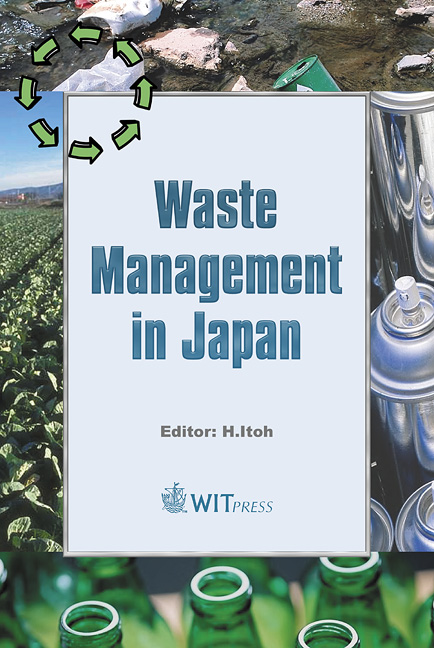Influence Of Coexisting Gas On Decomposition Of Noxious Gases By Non-thermal Plasma
Price
Free (open access)
Transaction
Volume
79
Pages
8
Published
2004
Size
432 kb
Paper DOI
10.2495/WMJ040081
Copyright
WIT Press
Author(s)
T. Fujita, T. Hari, Y. Kojima, H. Matsuda, K. Ushiroebisu & L. Huang
Abstract
We proposed the decomposition of volatile halides by non-thermal plasma combined with Ca(OH)2 absorbent for an effective in-situ removal of harmful byproducts in the plasma reactor. We investigated the influence of O2 and H2 on the plasma decomposition of CCl4, SF6 and CHClF2, in terms of controlling the harmful byproducts. For plasma decomposition of CCl4, SF6 and CHClF2 in the reactor without absorbent, it was found that CCl4, SF6 and CHClF2 were decomposed to Cl2, F2, HCl and HF at a pulse frequency of 50Hz with a voltage of 20kV under N2 atmosphere. The additional products detected from the decomposition of CCl4, SF6 and CHClF2 were phosgene (COCl2), CO2 and SO2 in 2% O2/N2 atmosphere. On the other hand, the decomposition of CCl4, SF6 and CHClF2 was higher in 2% H2/N2 atmosphere than those in pure N2 atmosphere. HCl and HF were formed from the decomposition of CCl4, SF6 and H2. When Ca(OH)2 was incorporated in the plasma reactor, these byproducts were effectively scavenged during the decomposition of CHClF2 in the presence of O2 and H2. It is considered that this is due to the ability of Ca(OH2) to absorb halogen byproduct easily. Keywords: non-thermal plasma, noxious gases, in-situ absorption, hydrogen halide.
Keywords
non-thermal plasma, noxious gases, in-situ absorption, hydrogen halide.




